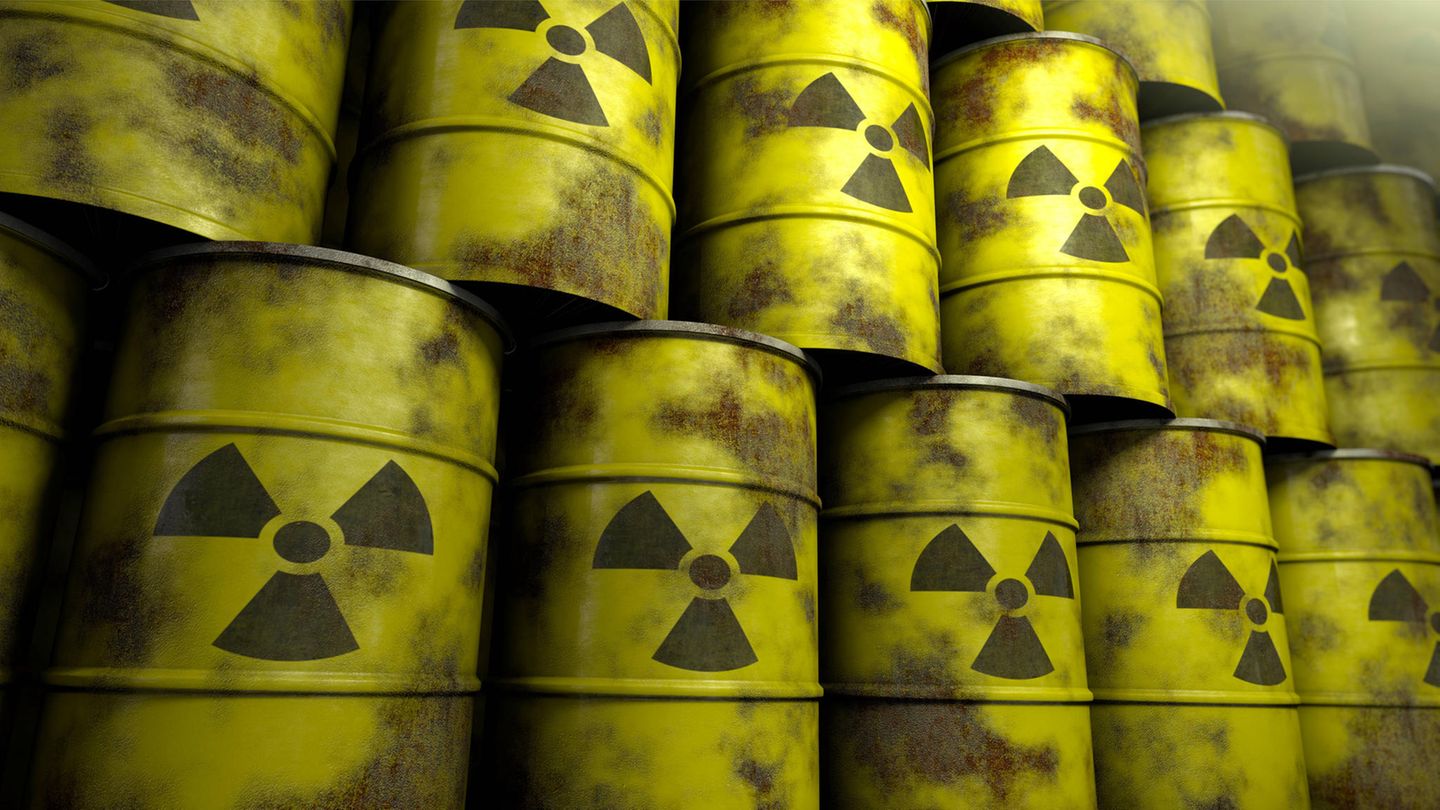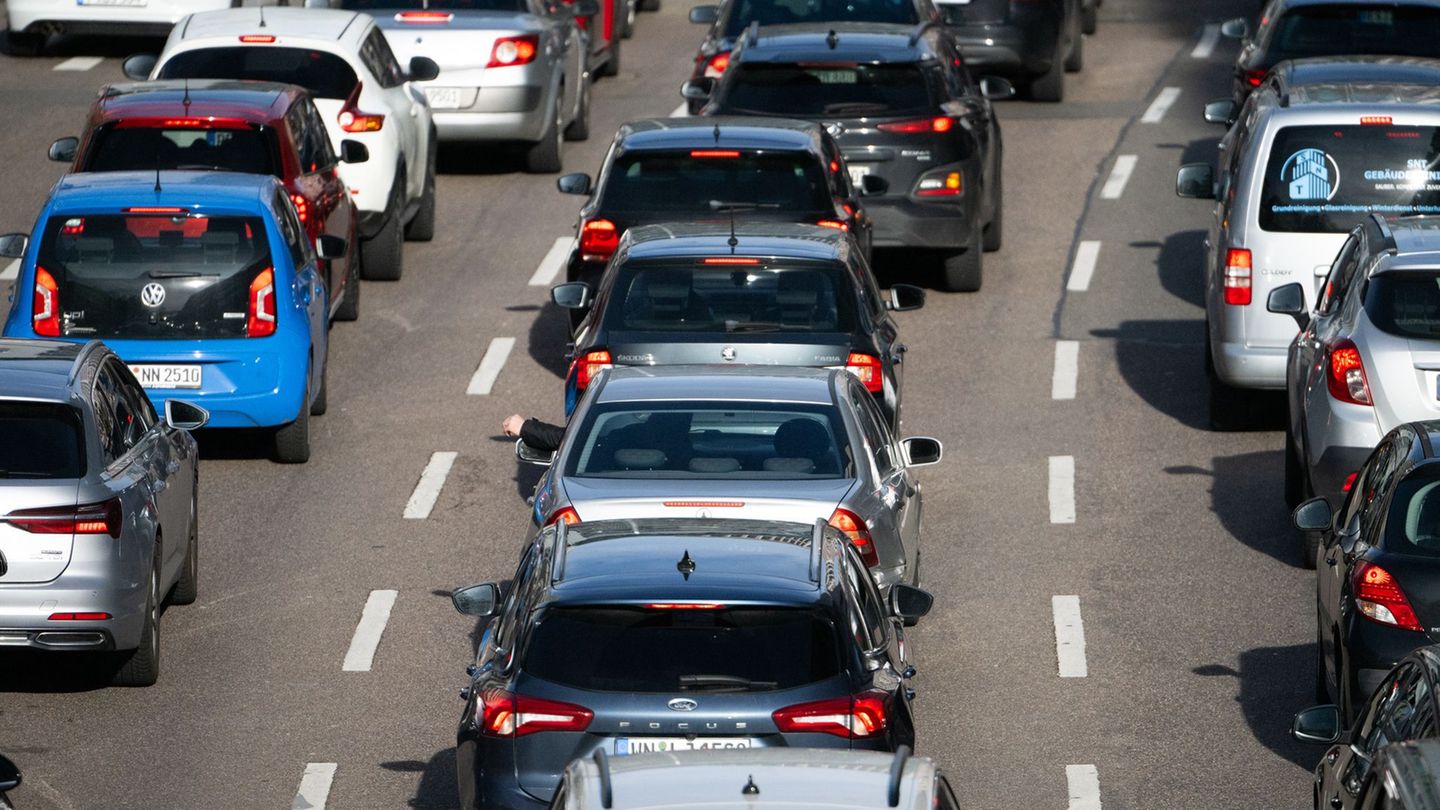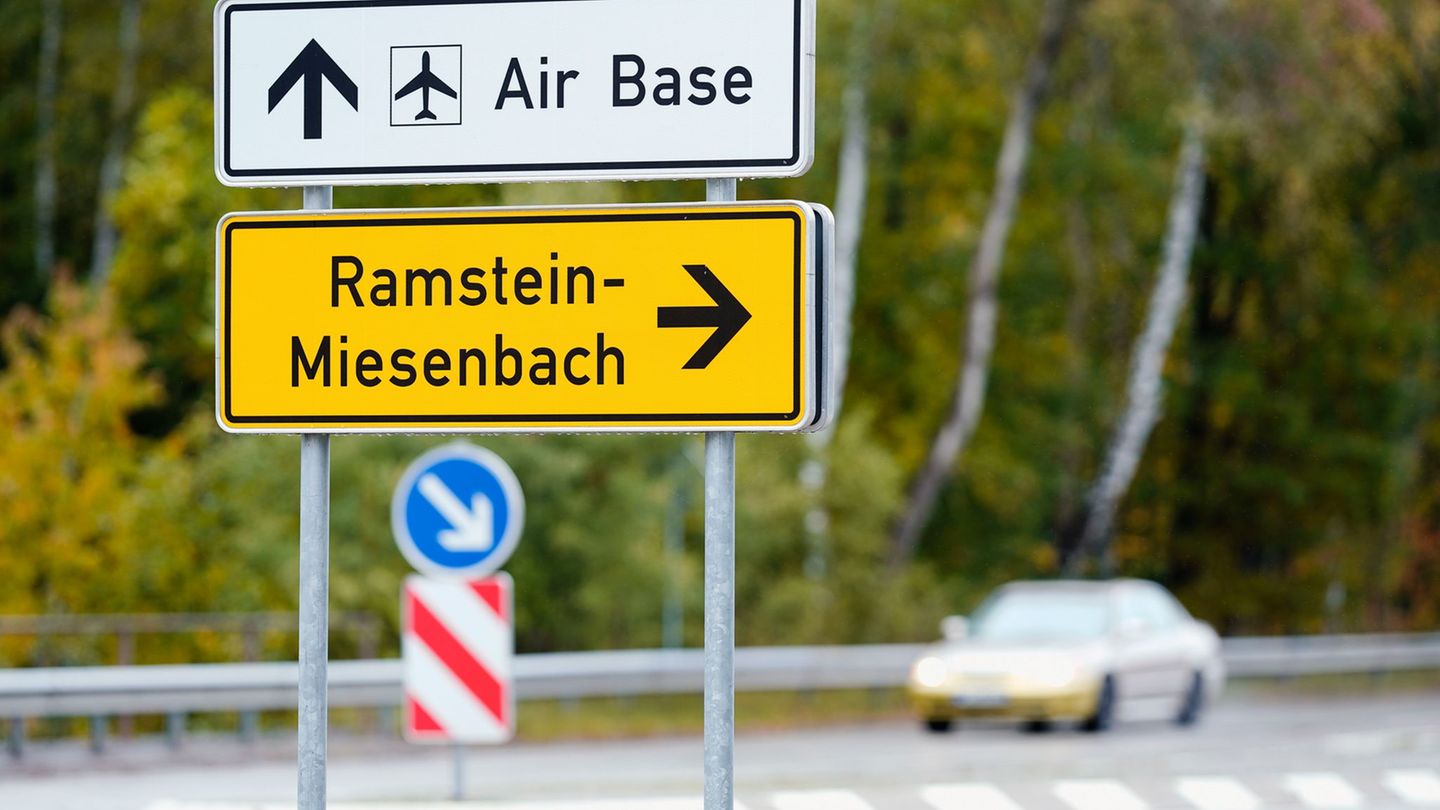Opinion
A new study says that a final storage facility for highly radioactive waste will not be found until 2074. Anyone who still seriously calls for nuclear power to be revived has not understood the problem.

This is original content from the Capital brand. This article will be available for ten days on stern.de. After that, you will find it exclusively on capital.de. Capital, like the star to RTL Germany.
This delay is even worse than that of Deutsche Bahn: it is supposed to be 43 years too late that we will decide where to permanently store our nuclear waste. Instead of 2031, the final storage location will not be finalized until 2074 – and that only “if the project goes perfectly”. This is what the study authors from the Öko-Institut in Freiburg wrote, who have been working on the site selection process for a nuclear waste repository on behalf of the federal government.
The endless search for a final storage facility shows once again that we can be happy that we have finally shut down nuclear power plants. Anyone who now seriously calls for them to be revived has not understood anything. Because the difficult search for a suitable waste disposal site shows that with nuclear power and its radioactive waste, we have created a problem that is difficult to control.
The garbage will continue to radiate long enough
Many researchers and policymakers will probably not live to see the big day in 50 years – if it ever comes. Young people, on the other hand, may not even know what a nuclear power plant is, but will wonder who came up with the crazy idea of using such a risky technology for decades.
Now, one could smugly say that there is no rush to deal with the 10,500 tons of highly radioactive waste that will be generated by 2080, because it will continue to emit radiation for thousands of years. But that would underestimate the seriousness of the situation. According to the German Federal Environment Agency, it takes more than 24,000 years for half of the radioactive atoms of plutonium-239, for example, to decay. So where should the waste go?
Clay, salt or granite rock are possible options. These are certainly available in Germany, but the conditions have to be perfect if the radioactive waste is to remain there forever: there must be no cracks, no water can penetrate, nothing can crumble.
Salt would enclose the storage containers and heal cracks, but is water-soluble. Granite, on the other hand, is not water-soluble, but water can still penetrate. Clay is impermeable and malleable, but sensitive to heat. A storage facility in claystone would have to be very large.
Nuclear waste barrels are leaking
Another problem if the search for a final storage facility is further delayed: the 16 German interim storage facilities could then become even more unsafe. In Asse, Lower Saxony, for example, water has been penetrating the salt mine there for years. 126,000 barrels of low and medium-level radioactive waste are stored there. Some of the barrels are cracked. If water penetrates the barrels, radioactive substances could dissolve and contaminate the mine water. This water could in turn be pushed upwards and reach the groundwater. A potential worst-case scenario.
The barrels have been supposed to be recovered from Asse for some time, but this has not happened yet. The waste is officially supposed to remain at the other interim storage sites until 2050. But instead of exhausting this period or even discussing the return to supposedly environmentally friendly nuclear power, politicians must now really tackle the problem. But the responsible environment minister, Steffi Lemke (Greens), is evasive: the study was not able to include all current information and facts. A final storage facility must of course be found “as quickly as possible”.
The study confirms, in all its absurdity, what everyone already knew: it’s complicated. And it indicates what everyone fears: that we will never find a 100% safe final storage facility, regardless of whether we look for it for ten, fifty or a hundred years. It also highlights the price we are now paying for the fact that the first nuclear power plant was simply started in 1951 without seriously considering the consequences. And then the cheap electricity was simply taken out of the socket for many decades.
In the most dire of emergencies, there is the idea of ”Atomi” from the satirical show “Extra 3”. The small, beaming figure knew many years ago what the simplest solution was: a rail network for Castor transporters that would transport the nuclear waste in circles across Europe. Then we wouldn’t need a final storage facility at all, but the current rail network would mean even more delayed trains. That’s gallows humor, but as a young person you can hardly look at the absurd situation any other way.
Source: Stern




